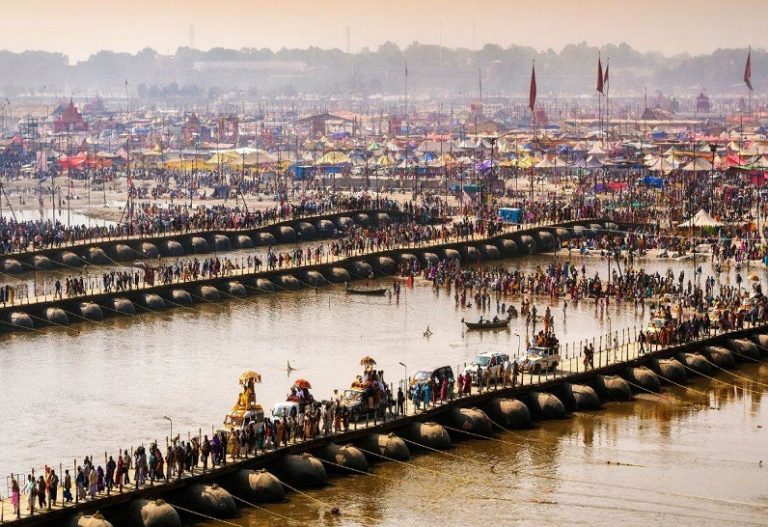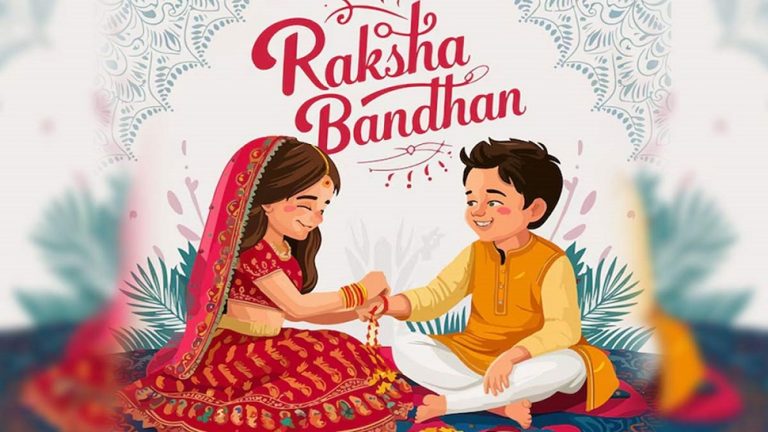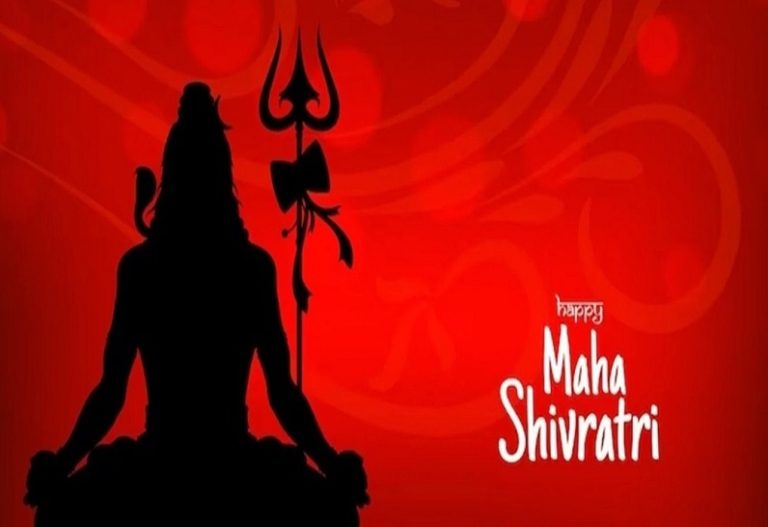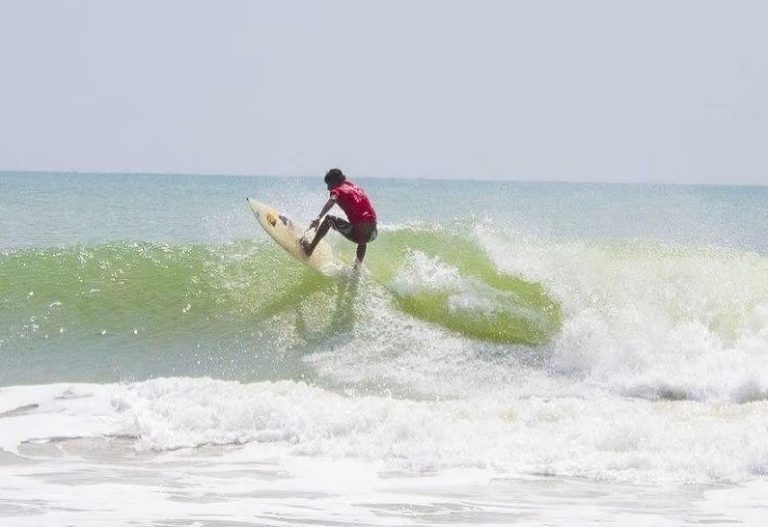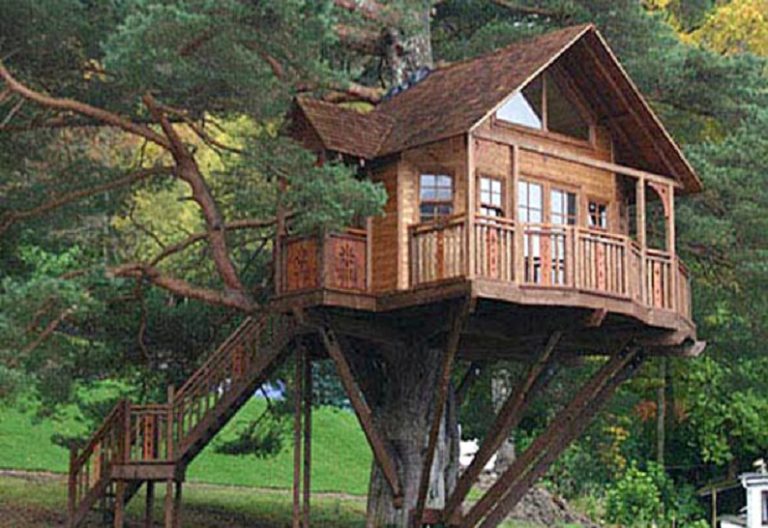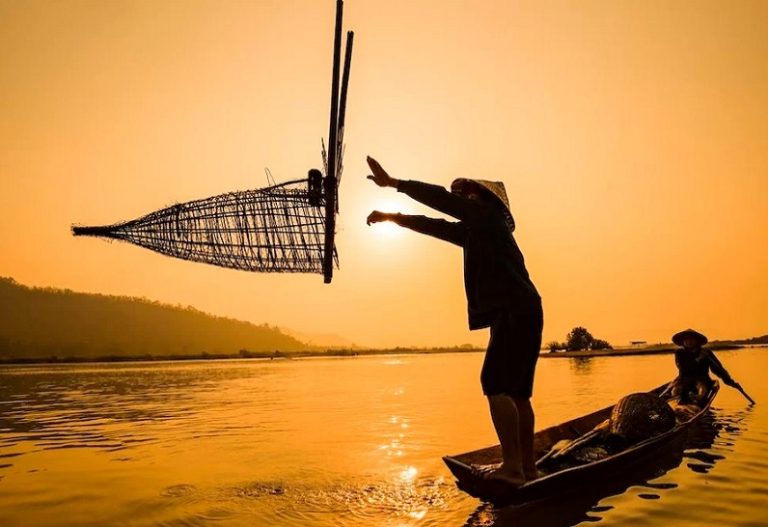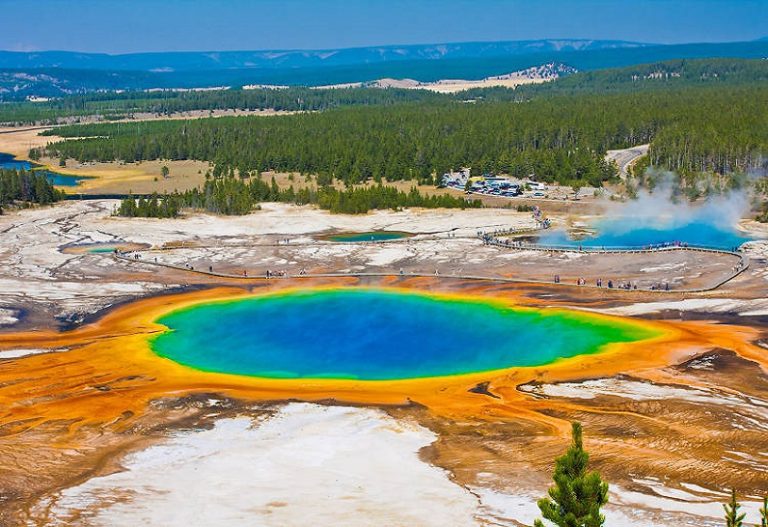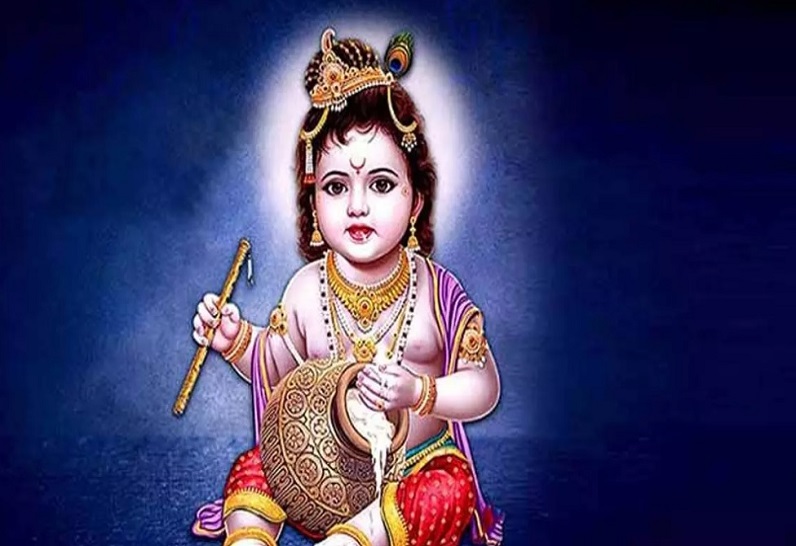
Krishna Janmashtami
Krishna Janmashtami, also known as Gokulashtami is a popular festival in India. It is a festival full of joy and gaiety. Janmashtami celebrates with great pomp and shows, the birth of Lord Krishna who was born more than 5000 years ago in the 28th year of Dwapur Yug.
Krishna Janmashtami is one of the most celebrated festivals for Hindus not only in India but also, all over the world. Janmashtami is about the joy, people all over the world feel for their beloved Lord Krishna.
To celebrate this special day, temples of Lord Krishna are well-decorated, and processions, bhajan, kirtan and Satsang meetings are organised at various places to remember him and celebrate his birth. Devotees of Lord Krishna observe fast on Krishna Janmashtami.
Important Timings On Krishna Janmashtami
- Ashtami Tithi Begins – August 26, 2024 – 3:39 AM
- Ashtami Tithi Ends – August 27, 2024 – 2:19 AM
- Rohini Nakshatra Begins – August 26, 2024 – 3:55 PM
- Rohini Nakshatra Ends – August 27, 2024 – 3:38 PM
- Nishita Puja Time – August 27, 2024 – 12:01 AM to 12:45 AM
- Midnight Shubh Muhurat – 12:23 AM, August 27
- Parana Muhurat (the time to break fast) – after 3:38 PM, August 27
- Rohini Nakshatra End Time – 3:38 pm (On parana day, Ashtami will be over before sunrise)
- Parana Time (as per modern traditions) – August 27, 2024 – 12:45 AM
- Chandrodaya Time – August 26, 2024 – 11:20 PM
Krishna Temples to Visit
- ISKCON temples
- Banke Bihari Temple, Vrindavan
- Dwarkadish Temple, Dwaraka
- Krishna Balaram Mandir, Vrindavan
- Sri Krishna Temple, Udupi
- Guruvayur Temple, Kerala
- Govind Dev Ji Temple, Jaipur
- Rajagopalaswamy Temple, Tamil Nadu
- Jagannath Temple, Puri, Odisha
- Prem Mandir Vrindavan
- Shri Nathji Temple, Nathdwara, Rajasthan
Know All About The Krishna Festival
Krishna Janmashtami is the celebration of good versus evil. This day symbolizes people’s faith and devotion toward Lord Krishna. According to Hindu mythology, it is believed that Lord Krishna was born in an era of chaos when evil was everywhere. There was also a threat to his life by his maternal uncle King Kansa. After Krishna’s birth, his father Vasudeva took him across the Yamuna to Nanda and Yashoda – his foster parents in Gokul.
How Janmashtami is celebrated?
Janmashtami celebrations are the most special at Mathura and Vrindavan because Lord Krishna spent most of his life at Mathura and Vrindavan.
Devotees from all over the world come to visit the holy temples of Lord Krishna at Vrindavan and Mathura. The temples also organise recitation of holy books Bhagavata Purana and Bhagavad Gita.
The celebration takes place in two parts, Jhulanotsav and Ghatas. During Juhlanotsav, Krishna devotees put swings in their homes and place God’s idol inside. Then, the idol is bathed in milk and honey and adorned with jewellery and new clothes.
The popular ritual of ‘Dahi-Handi’ is also celebrated on this day. Boys gather in a compound and form a human pyramid to break the earthen pot fixed at a height of 20-30 feet from the ground. The boy who stands at the top is called Govinda and the groups are either called handis or mandals.
Significance of Janmashtami
The sole reason for celebrating this festival is to bring people together so that principles of unity strengthen. The main significance of this festival lies in encouraging goodwill and discouraging bad will.
Some believe the mythical story of Shri Krishna and Kansa was actually a metaphor. Krishna symbolizes goodwill, steadfastness and charity and Kansa is the metaphor for greed, selfishness and ignorance. Krishna’s conquest of Mathura and Kansa’s defeat symbolizes the triumph of positive virtues over negative ones.
Where is Janmashtami Celebrated?
- Janmashtami is celebrated with much enthusiasm all over India, especially in Mathura which is the birthplace of Lord Krishna. Every person in town is dressed in their best attire to celebrate the birthday of Bal Gopala
- Devotees from different regions of the country have come up with their own local way of celebrating the festival over the years
- Celebrations in south India are different from the ones in north India. In some parts of the country, Janmashtami celebrations go on for more than a day too
- People in Tamil Nadu draw beautiful patterns called Kolam, made with rice batter on the entrances of their houses and tiny footprints of Bal Gopala entering their houses
- Vrindavan, which is about 20 km from Mathura, is also an important place associated with Lord Krishna’s life. Here, the celebrations begin 10 days before the festival starts. Raas Leela, which is the dance of Krishna and his female devotees (gopis) is also performed in the entire town.
This holy festival brings all the people together. Hence Krishna Janmashtami symbolises faith and unity.

